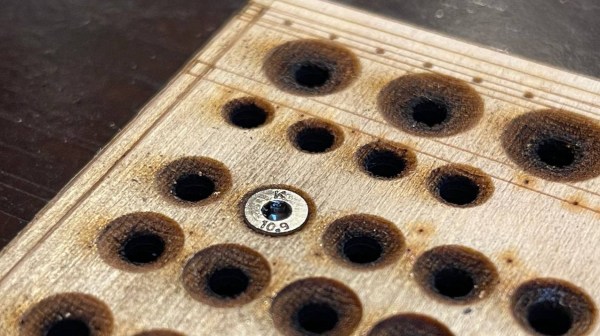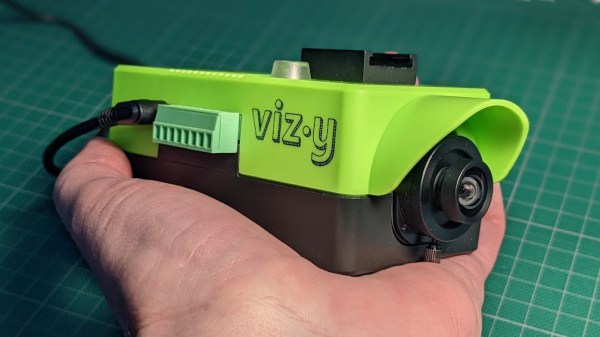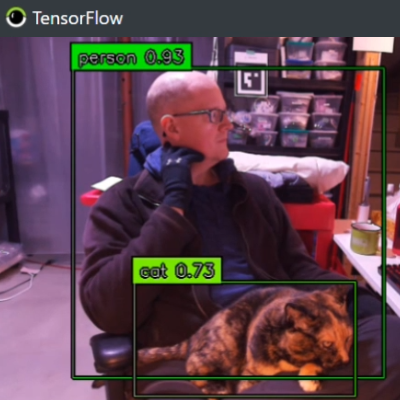We’re fans of unusual forms of transport here, so when we saw an article featuring a home-made motorcycle chariot we knew we had to share it with you. You’ll probably notice it comes from the keyboard of our colleague [Lewin Day] as he moonlights writing for The Drive, and he’s brought along a lot of context and history to the dual-Husqvarna chariot built by [Jack Field].
The machine itself is a chariot in the ancient Roman fashion, a two-wheeled platform on which the rider stands and holds the reins. Instead of a team of horses though there is the aforementioned pair of Husqvarna motorcycles, and a pair of rods to their handlebars with throttle and brake controls take the place of reins. It’s fair to say that this might not be the least hazardous of conveyances, but it appears both rideable and controllable, and will appear at motorcycle shows. truth be told we’d like to have a go ourselves, but since it’s in Australia we think there’s little chance. Unexpectedly the motorcycle chariot is not a new idea, with their being used for full-scale races back in the 1930s. There’s a trip into that world with some exciting but lethal-looking racing action to view, but it seems that these machines exist here in 2022 mostly for show.
This isn’t the first machine operated by reins we’ve brought you, how about a rein-operated tractor?





















